Topic: Commentary
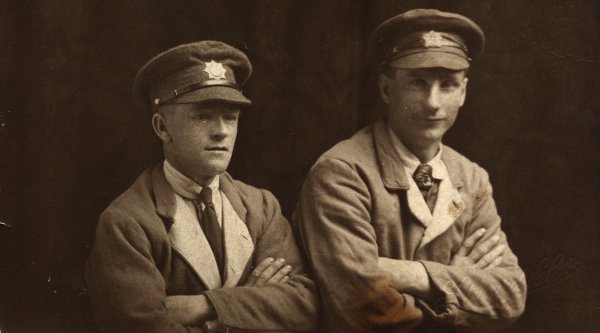
Giants and Heroes; Regimental History
By: Michael O'Leary
I've had the privilege of speaking to our young officers' course each year since 2008 on "The Regiment and the Great War." Since the direction of my presentation focuses more on the soldiers of the regiment and less on tactics, battles and dates, I would often situate my presentation on the First World War by talking about "giants and heroes."
Published regimental histories are not so much the full story of a regiment's history as they are the story of that regiments giants and heroes. Although we learn, at first contact, to accept the published tale as the accepted "full" story, it's easy to miss the fact that it describes a very small cross-section of the regiment. To be mentioned in a regimental history almost exclusively required that one have executed some great, and usually highly rewarded, deed on the battlefield (the heroes), or to have become known as a pillar of the regimental institution (the giants), in which case one's career would be entwined in the regimental story as a recognizable name at many points of contact.
But these tales of giants and heroes merely skim the surface, touching on the high points of a much more varied and encompassing tale. For organizations whose success, their presentation (within and outside of military circles), and their very reputation, relies solely on the cumulative dedication, commitment and hard work of the men and women who form them, this historic approach to regimental histories leaves out so much more than it includes.
The full story of a regiment is the collection of stories of each soldier, non-commissioned officer, and officer who has served in and with the regiment. That service does not require the wearing of the regiment's cap badge because no regiment is composed of single trades any more. Any regiment's story is also expanded by the roles played by retired members in promoting and supporting the regiment, and by various ancillary groups such as Associations that can take a formal role in regimental affairs. While it is beyond reasonable expectation that a published history should be able to include every single thread of a regiment's story, the challenge still remains to ensure we are all aware that the published story is merely the tip of an iceberg.
When I commanded a rifle platoon in the quiet days at the end of the Cold War, there was no impending mission on the horizon, there was no busy pre-deployment training cycle with seemingly unlimited funding, there was only a repetitive annual training cycle. Our service was about maintaining skills we might never be expected to use. For the most part, we were far too young to be eligible for the "giants" label, and we had no opportunity to earn the "heroes" label. The not so welcome highlights of the period for a young subaltern were dealing with the occasional drunk, debtor, or absentee,
And, in time, the question this left in my mind was "where was my platoon (or its equivalent in any past era) in the regimental story." As I would tell the regiment's new officers; while reading the old volumes of regimental history made me feel pride in regiment, and I found connections to those giants and heroes, it left me wondering where my platoon of ordinary soldiers outside of the historic high points was in the regiment's story. It was in my evolving research into mt regiment's service in First World War that I began to answer that question for myself.
As I researched the regiment's service in the Great War, my focus was seldom on the operational descriptions of battles, the movements of forces and clash of adversaries. It was on the soldiers, the NCOs and the officers. This deepening interest grew out of collecting medals awarded to soldiers of my regiment, with a specific interest in those for the Great War.
Along the way I transcribed the regiment's War Diary, to make searching for names easier, but found that to be as little populated with names (other than those of officers) as the published history covering the period. Following this disappointing result (despite the usefulness of the transcription), I was next pointed at the regiment's Part II Daily Orders. These orders were the compiled personnel notes that would be transcribed at HQ in London and Ottawa into individual soldiers' service records. Though not containing a complete compilation of notes on any given soldier, they would hold the critical events for any soldier while they were with the regiment.
1500 pages of original documentation and eight months of full time transcribing work resulted in over 17,000 lines of data. While any individual item, an arrival or departure, a promotion or demotion, leave, punishment or reward, was merely an interesting fact on a single soldier, the compiled data was a wonderful end resource. It was here I found the soldiers who had never received mention in the published history. Not only the drunks and deserters, but also many whose accomplishments just didn't make them stand high enough to be counted among the recorded giants and heroes. Some with long service, and others with minimal service time. Here was "my platoon" in that era. Here were glimpses of their stories, of those many Royal Canadians, each of whose service formed one of the many strands of the regiment's story, but which were never examined in isolation.
There were soldiers whose story in the Part II Orders included promotion, demotion, reward, punishment, drunkenness and absenteeism. And there were others whose regimental story was told in only two brief entries; "Taken on Strength" followed a short time later by "Killed in Action." Over 4700 individual stories which, intertwined, formed the tale of that overseas battalion. Isolating only a few, whether they be the giants and heroes, or the drunks and deserters, doesn't tell the full story. But perhaps the wealth of understanding of a regiment's history comes not from how many individual strands we examine, but the variety of individual stories from which the selected strands are chosen.
I know from my research that I now understand my regiment better than I did after reading the published history. It was not in those pages I found my platoon, but in the examination of tens of thousands of other data points that accumulated the stories of thousands of soldiers, for most of whom their service would never lead to a label of "giant" or "hero," yet they served, for the most part well and with honour. And we should forgive the transgressors, for no regiment, regardless of what a published history claims, is truly made of plaster saints.
Who's missing from your regimental history?
Pro Patria




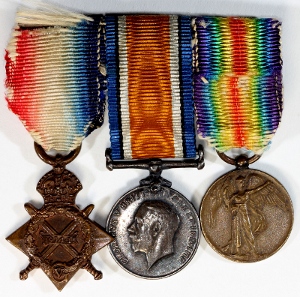 London, Oct. 21.—
London, Oct. 21.—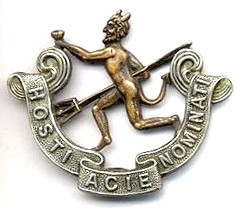 Called Black Devils
Called Black Devils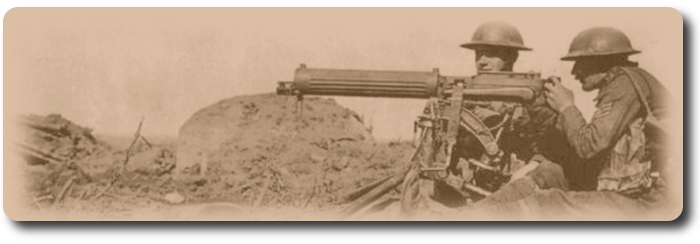
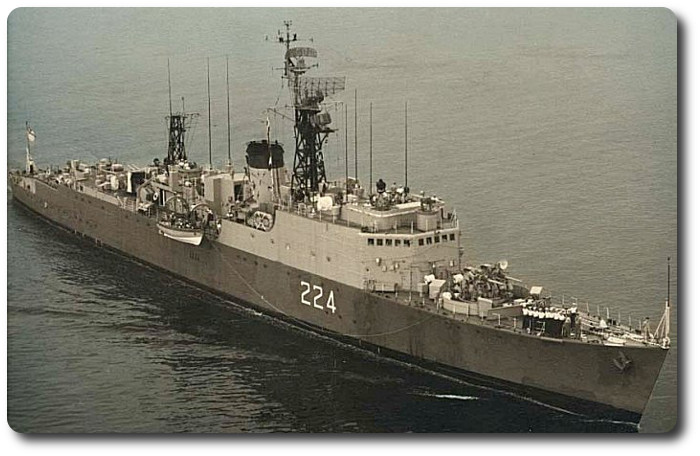
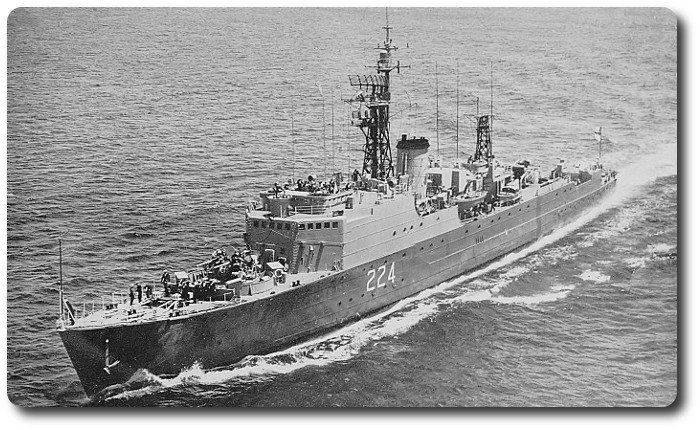
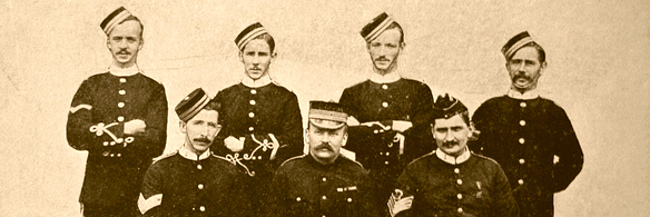
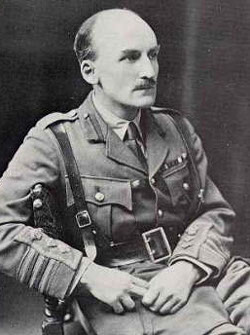
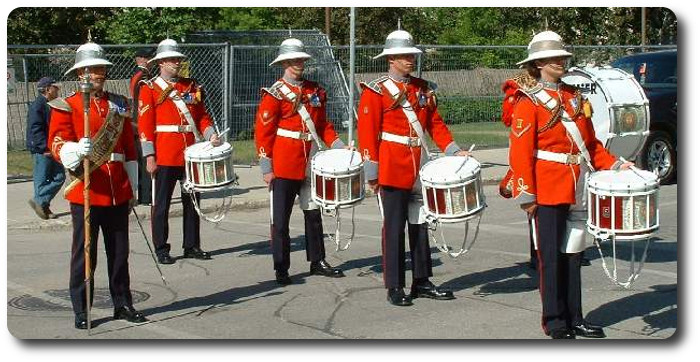
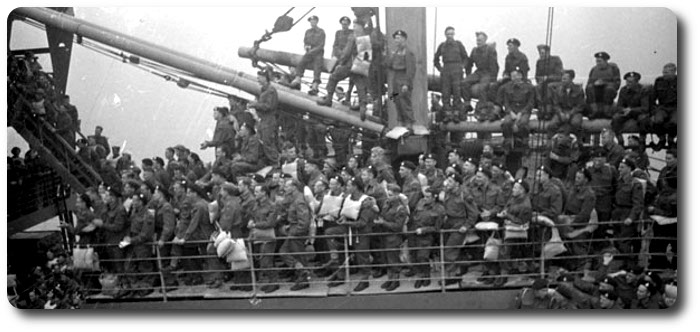

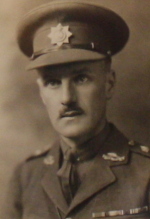
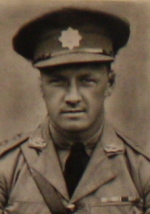

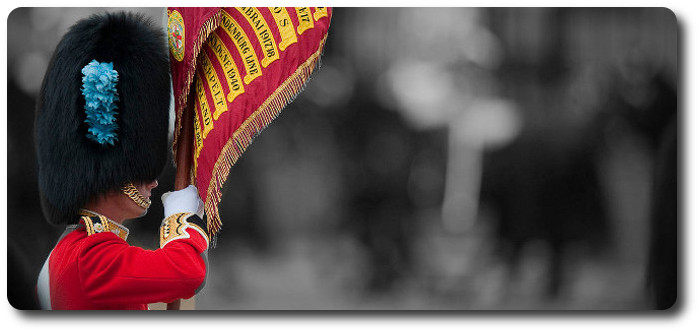
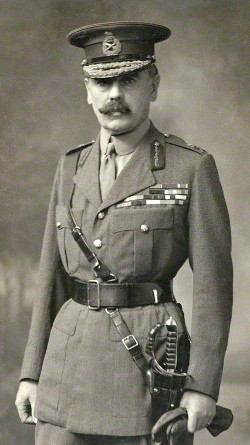
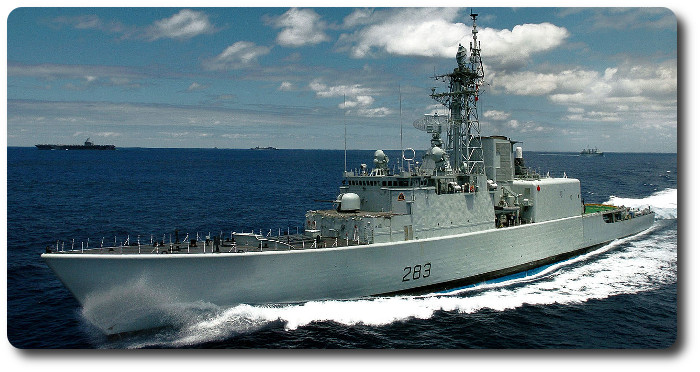
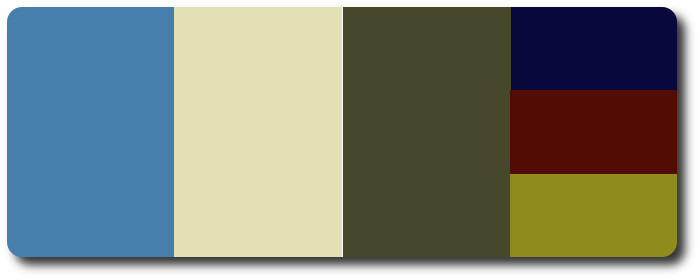
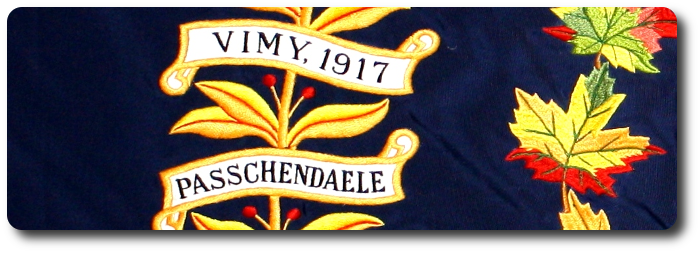
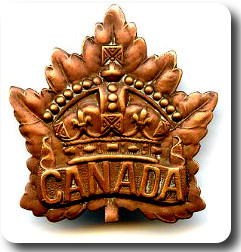
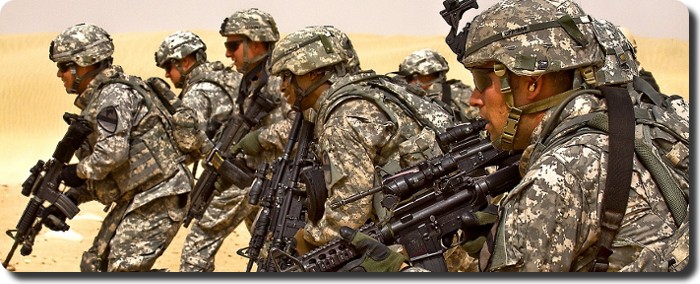
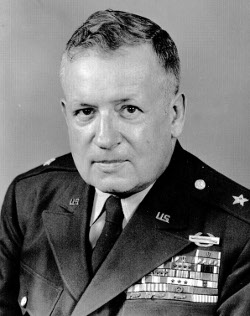
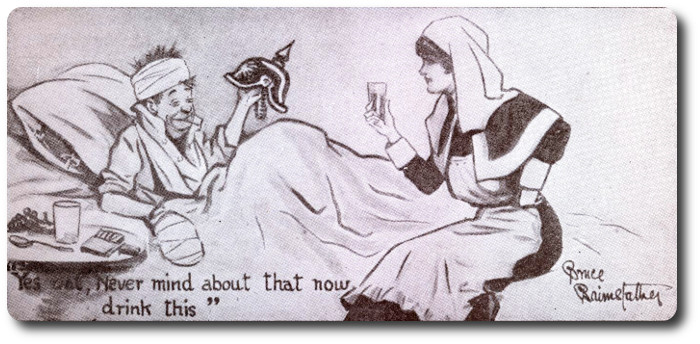
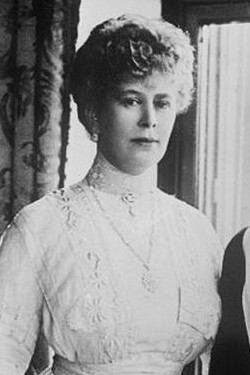
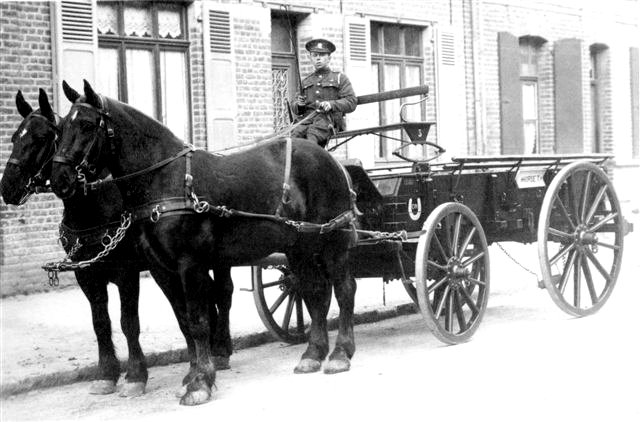
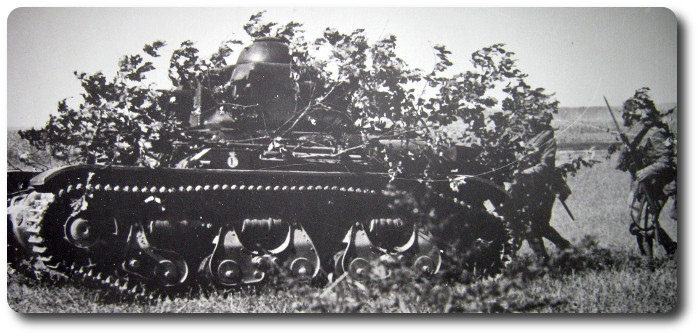
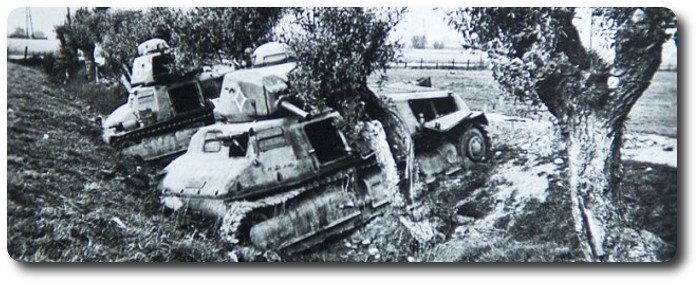
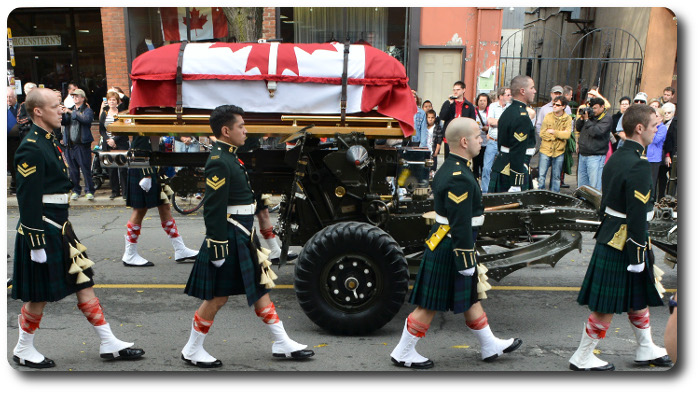
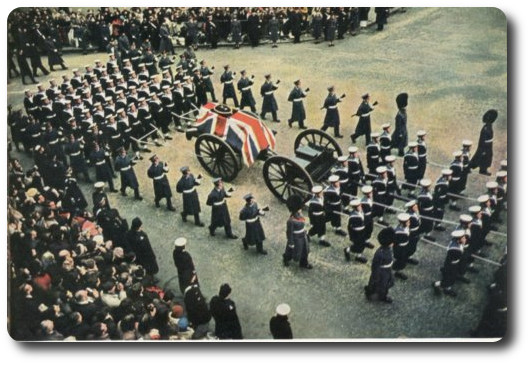
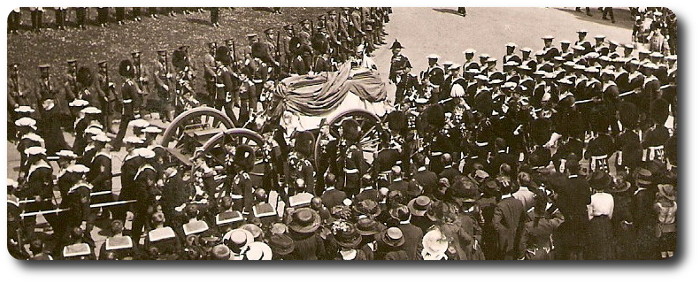
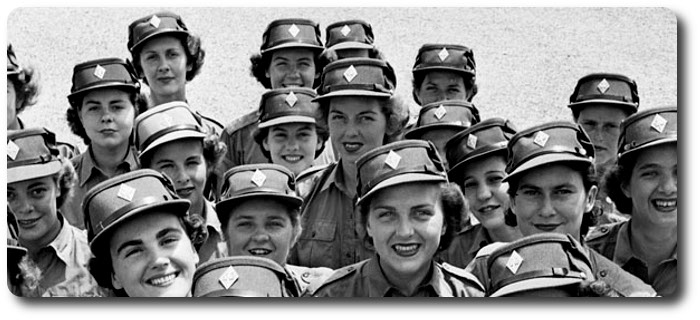
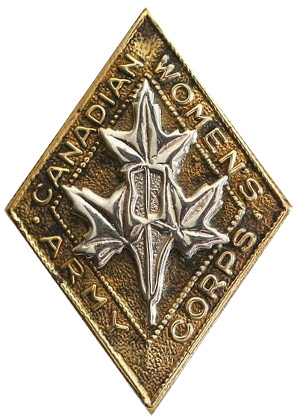 Wide World Feature
Wide World Feature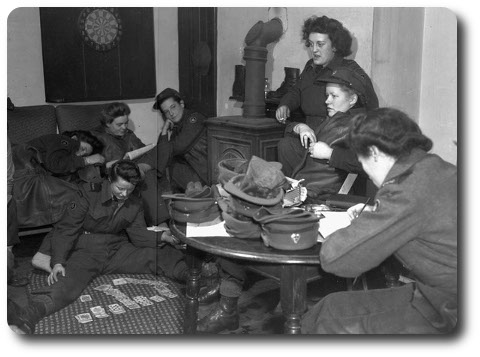
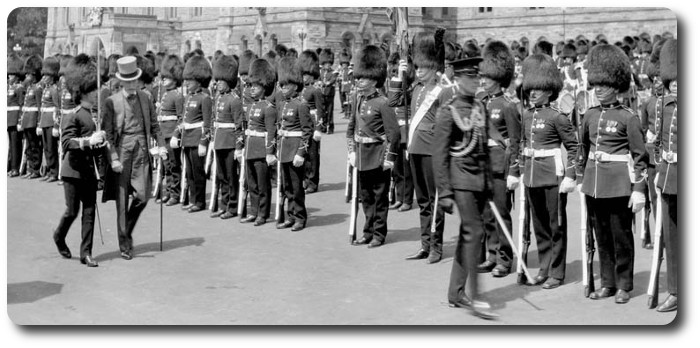
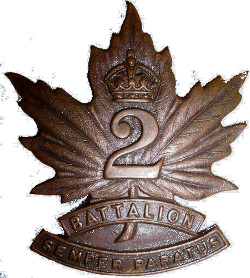 Ottawa Citizen, 18 Dec 1931
Ottawa Citizen, 18 Dec 1931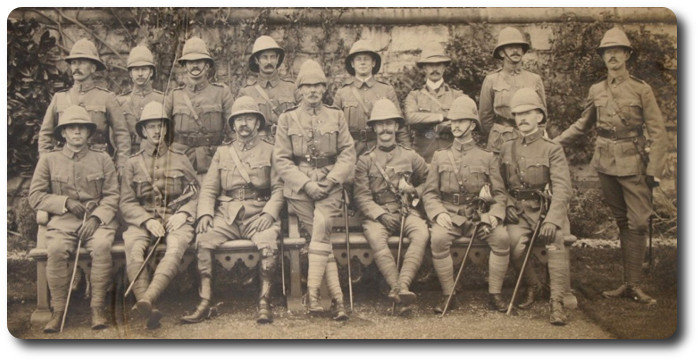
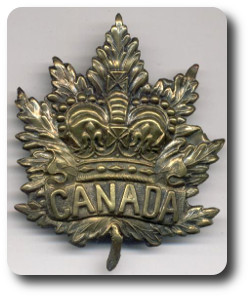 The Daily Mail and Empire; Toronto, 19 October 1899
The Daily Mail and Empire; Toronto, 19 October 1899
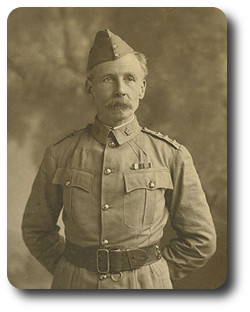 Non-commissioned officers and men serving in the R.C.R.I. and R.C.A. (garrison division) who wish to volunteer for special services in South Africa will send their names to the officer commanding their company, who will have them medically inspected. The names of men passed as fit will be at once communicated by the officers commanding companies to Lieut.-Col. Otter, Toronto, who will allot them to the companies of the special service force according to his judgment.
Non-commissioned officers and men serving in the R.C.R.I. and R.C.A. (garrison division) who wish to volunteer for special services in South Africa will send their names to the officer commanding their company, who will have them medically inspected. The names of men passed as fit will be at once communicated by the officers commanding companies to Lieut.-Col. Otter, Toronto, who will allot them to the companies of the special service force according to his judgment.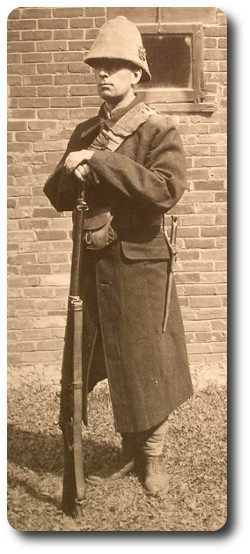 Another order issued to-night states that a grant of $125 will be given to officers of the force towards defraying expenses of outfit. An advance of pay to the amount of $60 will also be allowed. Cheques for these amounts will be forwarded.
Another order issued to-night states that a grant of $125 will be given to officers of the force towards defraying expenses of outfit. An advance of pay to the amount of $60 will also be allowed. Cheques for these amounts will be forwarded.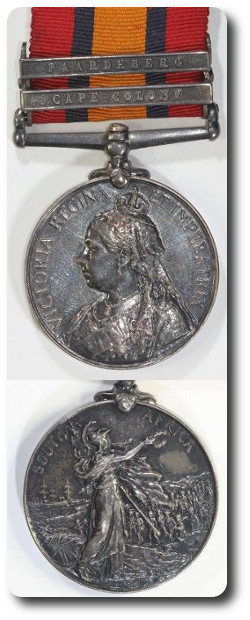 The Officers
The Officers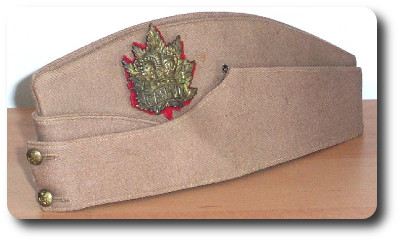

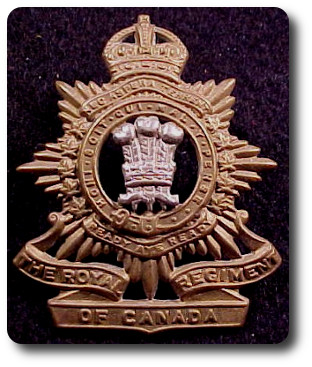
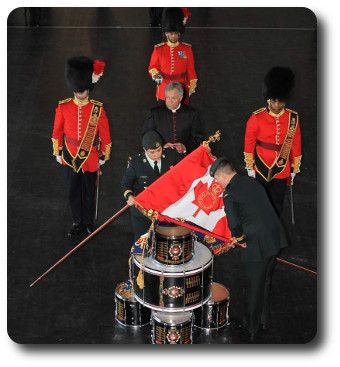
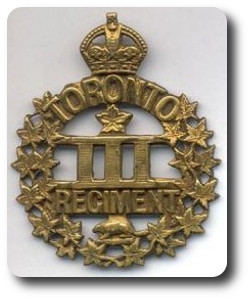 Ottawa Citizen; 2 July 1941
Ottawa Citizen; 2 July 1941 Brilliant color and stirring martial music was provided by the Royal Marines Band.
Brilliant color and stirring martial music was provided by the Royal Marines Band.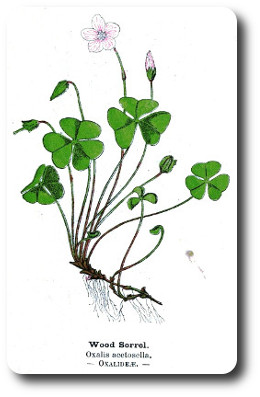 Presents Sorrel
Presents Sorrel